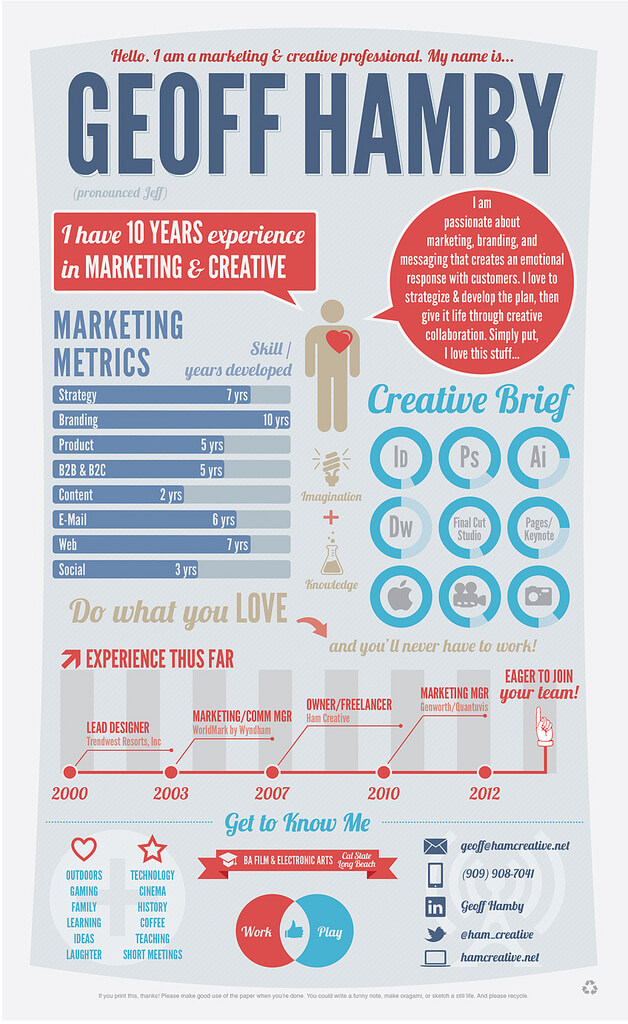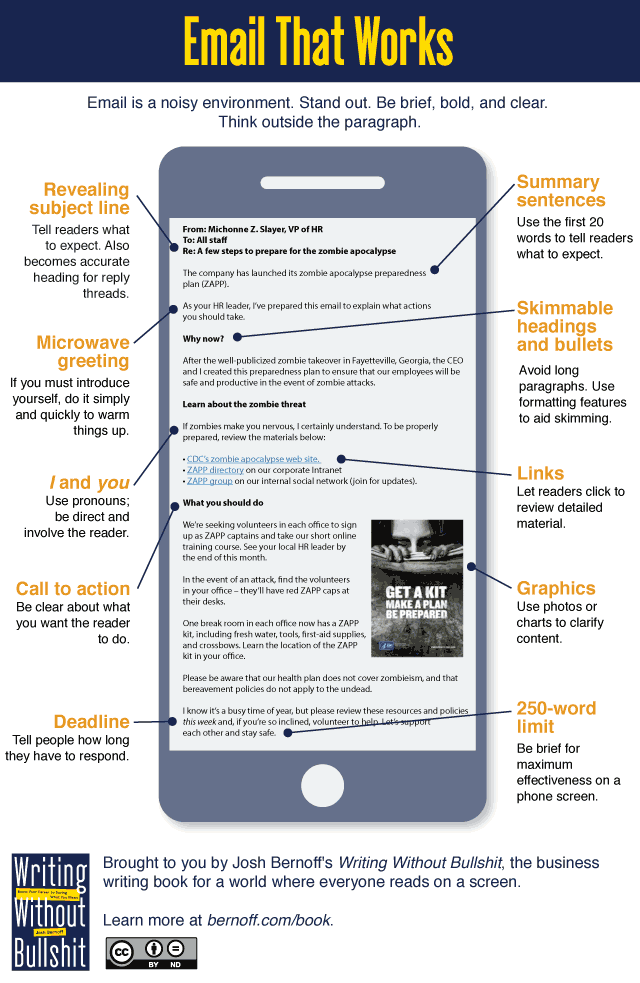Today’s infographic focuses on Business Etiquette Around the World. The image outlines how people introduce themselves in the workplace, how business meetings work, and how people interact when dining with coworkers or (potential) clients.
You can include information about intercultural and global influences on the different kinds of writing that you include in your Analysis Table project, so today’s infographic should help you begin thinking about how writing and communication may change depending upon where your audience lives or what they cultural background is.
I’m not convinced that everything in the infographic is 100% accurate. For instance, it seems like a stereotype to think that everyone has to do a solo karaoke performance after dinner in South Korea. Does anyone know?
As you look at the infographic, you can respond to what you see here, following any of these ideas (or an idea of your own):
- Can you provide details that confirm or challenge claims in the infographic?
- Can you add information for a country—either something that is missing or a country that isn’t listed?
- Is there anything that surprises you? anything that you might need help adapting to?
- Can you share an experience where you did (or didn’t) follow intercultural expectations?
- Can you tell us more about any of the practices listed here (such as the significance of a practice or why things are done in a particular way in a culture)?
Image transcript available



